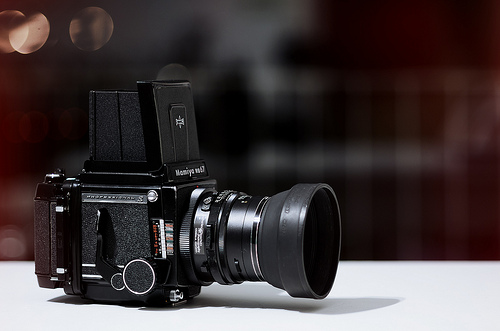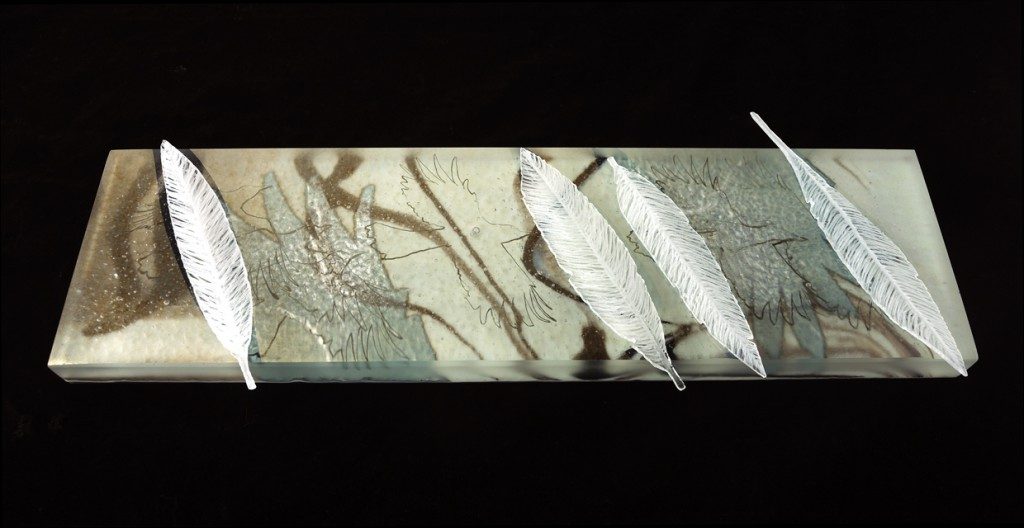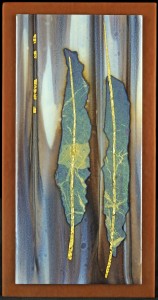I had the pleasure of speaking with Samantha Volz who has the pleasure of working from her very own home every day. That is one of the benefits of being a freelance designer. In addition to graphic design, this artist also does photography. It seems she is creatively blessed with talent. I was curious about how she uses math in her work. Let’s take a look at what she had to say:
Can you explain what you do for a living?
I’ve been working as a freelance designer since 2001. I design marketing/advertising material for companies. In addition, I also design websites and other support files for social media applications. I am a photographer, painter, and artist as well.
When do you use basic math in your job?
I have to use specifications to set up design files. Set up bleed, trim and safe zones so that when the file gets to the printer, it is set up correctly and prints correctly. For instance, if I have a print sheet that is 8.5 by 11 inches for a trifold brochure, I need to divide the paper by three and adjust 1/8th of the 3 panel. Depending on how the trifold folds, I will need to adjust the panels 1/16th of an inch if a panel folds in. Then, on the layout in the software I have to consider set up for a printing press or digital printing if my graphics bleed to the edge I have to add at least 1/8th to 1/4th of an inch of graphics that extends past the actual final layout for being trimmed down to allow for machine error. So my final file that is handed over to the print vendor is 8.5 x11 with bleed 1/8th bleed on all sides. Total graphic coverage is 8.75 x 11.25 trimmed down to 8.5 x 11 and scored for folds indicated on the set up with 3 panels roughly 3.66 ” wide, again depends on the fold design chosen for that tri-fold brochure how it will read, flow and open up to reveal the information being provided.
Do you use any technology (like calculators or computers) to help with this math? Why or why not?
Yes, I use a calculator a lot.
How do you think math helps you do your job better?
I could not do my job without it. It is how everything flows from the client to me, the designer, and then to the printer until it is produced as an end product.
How comfortable with math do you feel? Does this math feel different to you?
I am comfortable with normal addition, subtraction, division, multiplication, and fractions. Nothing too complicated.
What kind of math did you take in high school? Did you like it/feel like you were good at it?
I took honors math classes.
Did you have to learn new skills in order to do the math you use in your job? Or was it something that you could pick up using the skills you learned in school?
Yes, what I use now I learned in high school.
Who knew that the creative type still need to know their basic calculations and fractions? Seems like everywhere you go, even in your home, math is sure to follow. I hope you enjoyed learning a little more about Samantha. Let me know if you have any further questions for her.




